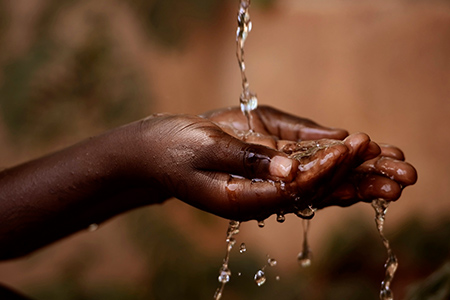
By Takudzwa Josiah
The latest Situation Report on Zimbabwe’s cholera outbreak reveals that the disease is still spreading, with five new suspected cases reported on the 1st of May.
The outbreak, which started in February in Chegutu town, has now spread to nine provinces, with 17 districts identified as hotspots.
The latest figures show that 598 suspected cholera cases have been reported, with 127 laboratory-confirmed cases, 4 laboratory confirmed deaths and 14 suspected deaths . The numbers are concerning, but the recovery rate stands at 94%, with 552 people recovering from the disease.
Cholera is a highly infectious disease that is caused by consuming contaminated water or food. The outbreak in Zimbabwe is a stark reminder of the importance of access to clean water and sanitation facilities.
In many parts of the country, these basic necessities are lacking, putting people’s health and lives at risk.
In a recent interview, a Resident Representative Mr Precious Shumba said the country has not seen much improvement since the 2008/9 cholera outbreak, and the same challenges continue to affect cities and towns.
He urged health authorities to disseminate key cholera education to help prevent a disaster.
While the authorities are working hard to contain the outbreak, it is clear that more needs to be done to address the underlying issues of poor water and sanitation infrastructure.
This is a long-term problem that requires sustained investment and political will.
The cholera outbreak in Zimbabwe should serve as a wake-up call to governments and aid organizations around the world.
Access to clean water and sanitation is a basic human right, and failure to provide these necessities can lead to devastating consequences, as we are seeing in Zimbabwe.